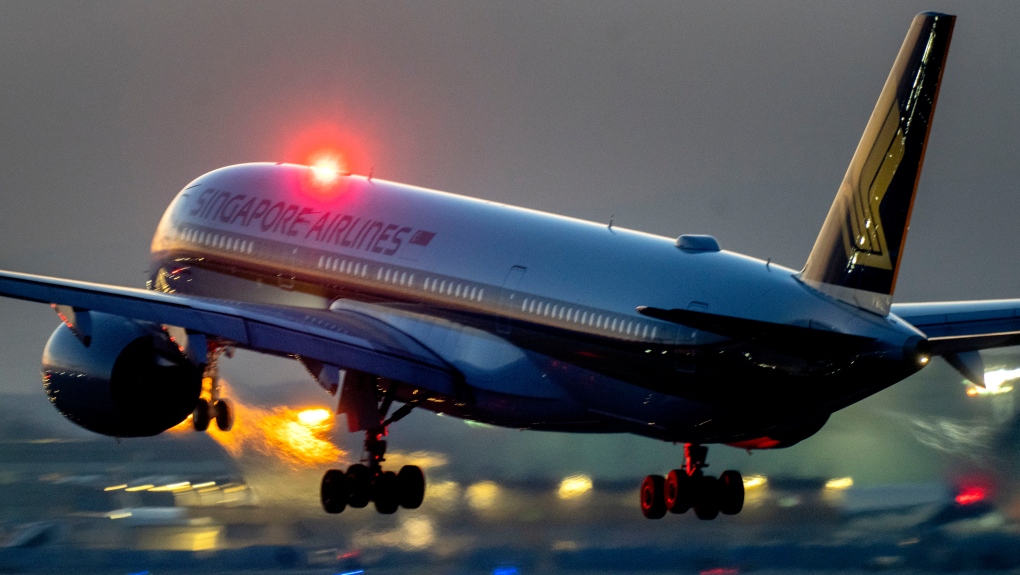
Air turbulence: When can it become dangerous?
CTV
Flight turbulence like that encountered by a Singapore Airlines flight on Tuesday is extremely common, but there's one aspect of severe turbulence an aviation expert says can lead to serious injury.
Flight turbulence is such a common aspect of flying that every air traveller has likely encountered it at some point.
Sometimes, however, turbulence can be so heavy as to cause serious injuries to passengers and cabin crew, as was the case when a Singapore Airlines flight from London hit severe turbulence en route to Singapore on Tuesday. A 73-year-old man died and 30 others were injured in the incident.
"It's not too uncommon to hit turbulence during a flight, but to hit such severe turbulence is not very common," CTV News' aviation expert Phyl Durdey said in an interview on CTV News Channel Tuesday morning.
Turbulence-related airline accidents are the most common type, according to a 2021 study by the U.S. National Transportation Safety Board. From 2009 through 2018, the agency found that turbulence accounted for more than a third of reported airline accidents and most involved one or more serious injuries, but no aircraft damage.
Turbulence arises from eddies in the atmosphere generated by convection, wind shears in clear air, mountain waves, surface features and aircraft wake vortices, the NTSB report explains.
In the case of the Singapore Airlines incident, the flight first sank into an air pocket during in-flight breakfast service, then encountered turbulence so severe the pilots were forced to make an emergency landing in Bangkok, Thailand.
Reuters reports the man who died, a British citizen, likely died due to a heart attack. Seven people were critically injured with head injuries and 18 people have been hospitalized.





















 Run 3 Space | Play Space Running Game
Run 3 Space | Play Space Running Game Traffic Jam 3D | Online Racing Game
Traffic Jam 3D | Online Racing Game Duck Hunt | Play Old Classic Game
Duck Hunt | Play Old Classic Game